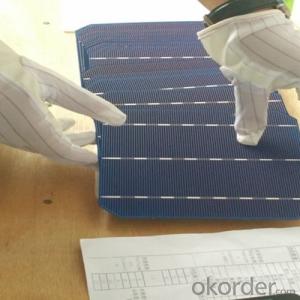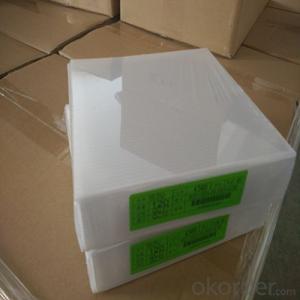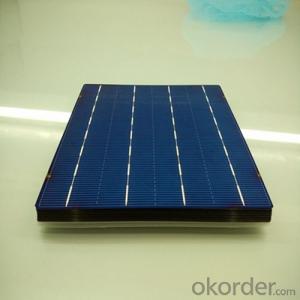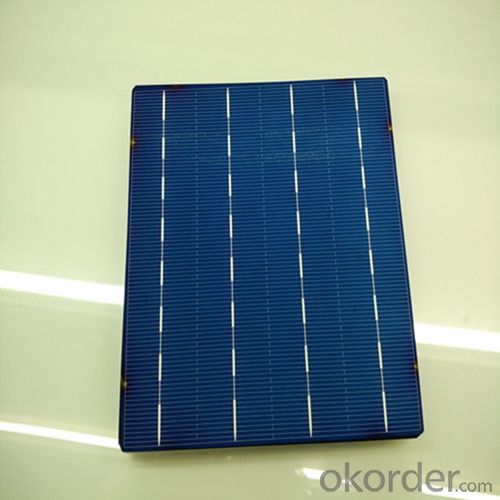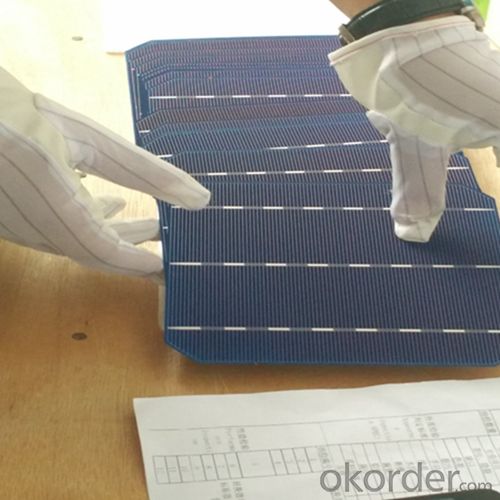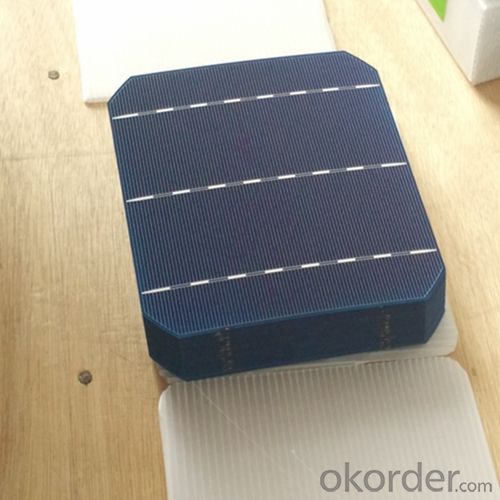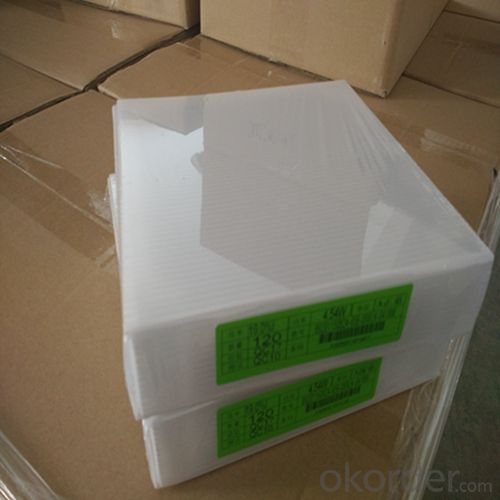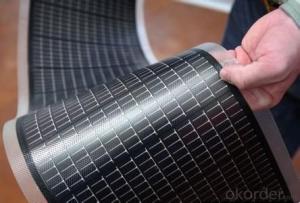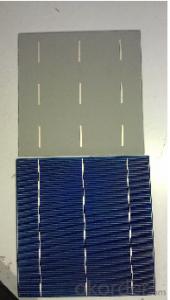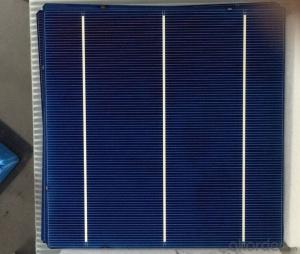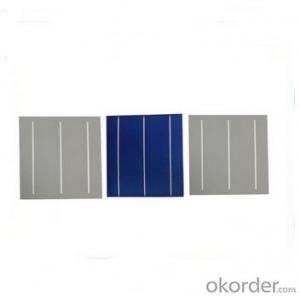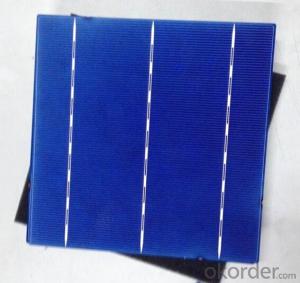Printable Organic Solar Cells - Poly 156mm x 156mm Solar Cells for Sale at Lowest Prices
- Loading Port:
- Shanghai
- Payment Terms:
- TT or LC
- Min Order Qty:
- 4999 watt
- Supply Capability:
- 6000000 watt/month
OKorder Service Pledge
OKorder Financial Service
You Might Also Like
The operation of a photovoltaic (PV) cell requires 3 basic attributes:
The absorption of light, generating either electron-hole pairs or excitons.
The separation of charge carriers of opposite types.
The separate extraction of those carriers to an external circuit.
In contrast, a solar thermal collector supplies heat by absorbing sunlight, for the purpose of either direct heating or indirect electrical power generation from heat. A "photoelectrolytic cell" (photoelectrochemical cell), on the other hand, refers either to a type of photovoltaic cell (like that developed by Edmond Becquerel and modern dye-sensitized solar cells), or to a device that splits water directly into hydrogen and oxygen using only solar illumination.Characteristic of Mono 156X156MM2 Solar Cells
You are gaining energy independence - add battery backup power for even greater energy security
The cost of electricity is only going to rise – insure against that rising cost
Adaptive cells change their absorption/reflection characteristics depending to respond to environmental conditions. An adaptive material responds to the intensity and angle of incident light. At the part of the cell where the light is most intense, the cell surface changes from reflective to adaptive, allowing the light to penetrate the cell. The other parts of the cell remain reflective increasing the retention of the absorbed light within the cell.[67]
In 2014 a system that combined an adaptive surface with a glass substrate that redirect the absorbed to a light absorber on the edges of the sheet. The system also included an array of fixed lenses/mirrors to concentrate light onto the adaptive surface. As the day continues, the concentrated light moves along the surface of the cell. That surface switches from reflective to adaptive when the light is most concentrated and back to reflective after the light moves along
Mechanical data and design
Format | 156mm x 156mm±0.5mm |
Thickness | 210μm±40μm |
Front(-) | 1.5mm bus bar (silver),blue anti-reflection coating (silicon nitride) |
Back (+) | 2.5mm wide soldering pads (sliver) back surface field (aluminium) |
Temperature Coefficient of Cells
Voc. Temp.coef.%/K | -0.35% |
Isc. Temp.coef .%/K | +0.024%/K |
Pm.Temp.coef. %/K | -0.47%/K |
Electrical Characteristic
Effiency(%) | Pmpp(W) | Umpp(V) | Impp(A) | Uoc(V) | Isc(A) | FF(%) |
18.35 | 4.384 | 0.526 | 8.333 | 0.63 | 8.877 | 78.39% |
18.20 | 4.349 | 0.526 | 8.263 | 0.63 | 8.789 | 78.54% |
18.05 | 4.313 | 0.525 | 8.216 | 0.63 | 8.741 | 78.32% |
17.90 | 4.277 | 0.524 | 8.161 | 0.625 | 8.713 | 78.04% |
17.75 | 4.241 | 0.523 | 8.116 | 0.625 | 8.678 | 77.70% |
17.60 | 4.206 | 0.521 | 8.073 | 0.625 | 8.657 | 77.36% |
17.45 | 4.170 | 0.519 | 8.039 | 0.625 | 8.633 | 76.92% |
17.30 | 4.134 | 0.517 | 8.004 | 0.625 | 8.622 | 76.59% |
17.15 | 4.096 | 0.516 | 7.938 | 0.625 | 8.537 | 76.80% |
17.00 | 4.062 | 0.512 | 7.933 | 0.625 | 8.531 | 76.18% |
16.75 | 4.002 | 0.511 | 7.828 | 0.625 | 8.499 | 75.34% |
16.50 | 3.940 | 0.510 | 7.731 | 0.625 | 8.484 | 74.36% |

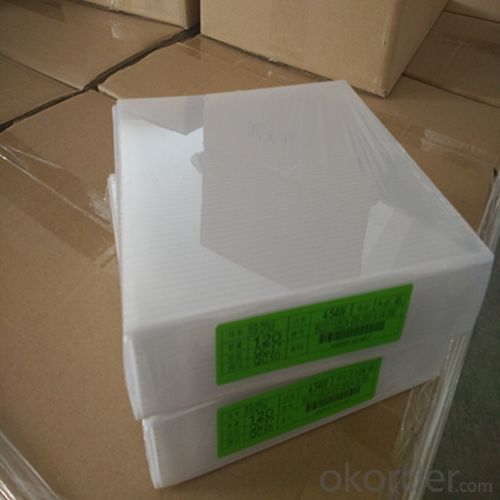

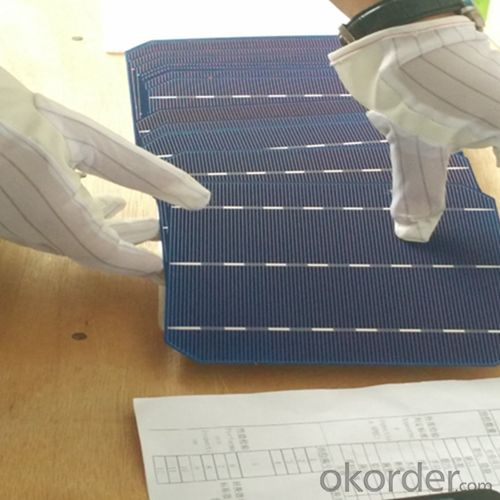
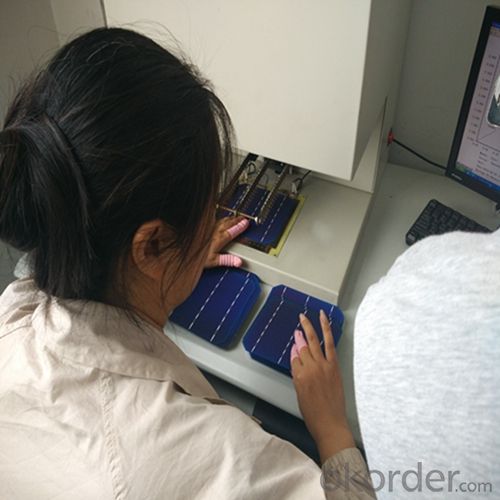 FAQ
FAQ
Q: What price for each watt?
A: It depends on the quantity, delivery date and payment terms, generally Large Quantity and Low Price
Q: What is your size for each module? Can you tell me the Parameter of your module?
A: We have different series of panels in different output, both c-Si and a-Si. Please take the specification sheet for your reference.
Q: What is your size for each module? Can you tell me the Parameter of your module?
A: We have different series of panels in different output, both c-Si and a-Si. Please take the specification sheet for your reference.
Solar cells through the photoelectric effect or photochemical effect directly convert light into electrical energy. In the photoelectric effect of thin-film solar cells work for the mainstream, how to buy solar cells haunt some people. This article briefly describes the knowledge about the solar optional. Hope it helps you.
Solar cells currently on the market are divided into amorphous and crystalline silicon. Where in the crystalline silicon can be divided into polycrystalline silicon and monocrystalline silicon. From the photoelectric conversion efficiency of the three materials of view: monocrystalline silicon (up to 17%)> polycrystalline silicon (12 to 15%)> amorphous silicon (about 5%). However, crystalline silicon (monocrystalline and polycrystalline) in low light to produce substantially no current, low-light-type amorphous silicon is better (in low light energy is inherently less). In general, it is more suitable to use silicon or polycrystalline silicon solar cell materials.
Selection Method of solar cell for sale
When we buy a solar cell, the focus is proportional to the area of solar power cells, in general, solar panel power with solar wafers concern. Solar cell area of the wafer is not exactly the same as the solar panel area of the package, because some solar panels though large, single-slot wide array of solar wafers, solar panels such power are not necessarily high.
Generally speaking, solar panel power is the bigger the better, so that the current produced under the sun will be large, built-in battery can be filled quickly. But in reality, a balance should be found in the need for solar panels and solar power portable charger. Solar power charger is generally considered the minimum of not less than 0.75w, secondary power solar panel under the standard light there is 140mA of current. In general, the current generated by the sun is about 100mA, if less than the second power charge current is too small, basically there will be no significant effect.
- Q: Can solar cells be used to power water purification systems?
- Yes, solar cells can be used to power water purification systems. Solar cells convert sunlight into electricity, which can be used to power various devices, including water purification systems. This sustainable and renewable energy source is often utilized in remote areas or during emergencies where access to electricity may be limited.
- Q: What is the impact of solar cells on reducing noise pollution from power generation?
- Solar cells have a minimal impact on reducing noise pollution from power generation as they operate silently, in contrast to traditional power generation methods such as fossil fuel-based power plants or wind turbines, which can be noisy.
- Q: Can solar cells be used in traffic management systems?
- Yes, solar cells can be used in traffic management systems. They can be utilized to power various components of the system such as traffic lights, sensors, and cameras. Solar cells provide a renewable and sustainable source of energy, reducing the reliance on traditional power sources and helping to reduce carbon emissions. Additionally, solar-powered traffic management systems can be installed in remote areas where access to electricity grids may be limited or non-existent.
- Q: On the parallel connection of solar cells
- Whether you say more than one solar cell is in series or parallel, it depends on your use requirements to decide if the parameters of solar cells are basically the same, and you need a relatively high "use" voltage, that can The battery in series, if you need a larger operating current and the voltage does not need high, you can connect multiple solar cells in parallel to get a higher output current;
- Q: Are there any health risks associated with solar cells?
- Solar cells themselves do not pose significant health risks. However, the manufacturing process and disposal of solar panels may involve some hazardous substances.
- Q: Can solar cells be used to power medical devices?
- Yes, solar cells can be used to power medical devices. They can convert sunlight into electricity, providing a sustainable and renewable source of power for various medical devices such as portable medical monitors, hearing aids, insulin pumps, and even implantable devices. Solar-powered medical devices are particularly useful in remote or resource-limited areas where access to electricity is limited, ensuring continuous and reliable power supply for critical healthcare needs.
- Q: What materials are used to make solar cells?
- Solar cells are primarily made using materials such as silicon, which is the most commonly used material, as well as other semiconductor materials like cadmium telluride, copper indium gallium selenide, and perovskite.
- Q: Can solar cells be used in agricultural irrigation systems?
- Yes, solar cells can be used in agricultural irrigation systems. Solar-powered irrigation systems can effectively harness the energy from the sun to power water pumps and provide a sustainable and cost-effective solution for irrigation needs in agricultural settings. This technology reduces dependence on traditional energy sources and helps conserve water resources while promoting environmentally friendly practices in agriculture.
- Q: How do solar cells impact global warming?
- Solar cells have a positive impact on global warming as they generate electricity using sunlight, a renewable energy source, without emitting greenhouse gases. By reducing the reliance on fossil fuels, solar cells help mitigate climate change and decrease carbon emissions, thus slowing down the progression of global warming.
- Q: What is the impact of snow accumulation on solar cell performance?
- Snow accumulation can significantly reduce the performance of solar cells. The presence of snow on the surface of solar panels prevents sunlight from reaching the cells, thereby reducing their ability to generate electricity. Additionally, the weight of the snow can cause structural damage to the panels and potentially lead to their failure. Therefore, snow accumulation must be cleared promptly to ensure optimal solar cell performance.
Send your message to us
Printable Organic Solar Cells - Poly 156mm x 156mm Solar Cells for Sale at Lowest Prices
- Loading Port:
- Shanghai
- Payment Terms:
- TT or LC
- Min Order Qty:
- 4999 watt
- Supply Capability:
- 6000000 watt/month
OKorder Service Pledge
OKorder Financial Service
Similar products
Hot products
Hot Searches
Related keywords

